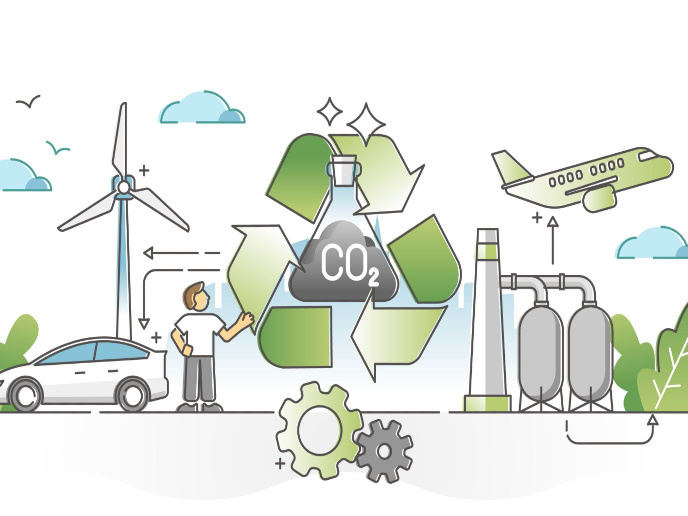New polymers put fuel cells in the driving seat
Fluoropolymers are extremely stable materials that exhibit strong resistance to solvents, acids and bases and are used in the fields of engineering, microelectronics, optics, textile finishing, and aeronautics. They are also employed in fuel cell membranes. A number of research groups have attempted to find a replacement for the most commonly used proton exchange membrane. Known as perfluorinated Nafion® it is used in a proton exchange membrane fuel cell (PEMFC). The fuel cell is an electrochemical cell that turns a source fuel, such as hydrogen, into electricity for lighting homes and powering transport systems. The EU-funded Flupol project created new fluoropolymers for fuel cell membranes using simple, cost-effective techniques. The consortium built on existing work in the areas of synthetic fluorine chemistry and polymer chemistry. Scientists studied fluorinated monomers, a simple compound containing fluorine and carbon whose molecules can join together to form larger molecules called polymers. The monomers underwent radical copolymerisation, where different types of monomer were joined using a range of alkenes, molecules of carbon and hydrogen linked by a single bond. Polymeric membranes are popular because they are highly competitive in terms of performance and cost. The development of a new proton exchange membrane will therefore help usher in the age of the fuel cell and provide a welcome boost for the European energy industry.







